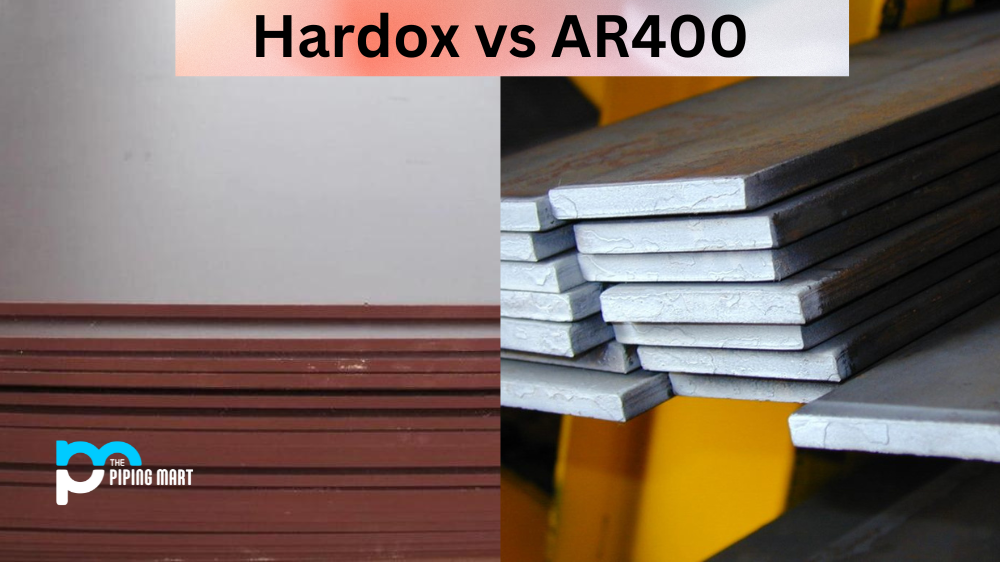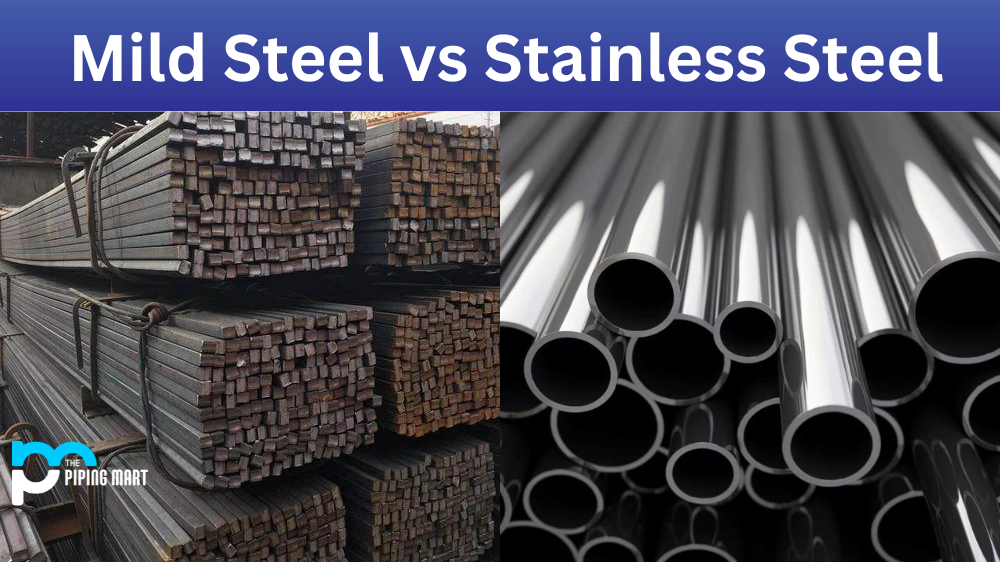The material used in the construction of industrial equipment has a major impact on its performance and lifespan. That’s why selecting the right type of material for a particular job is critical. Regarding plate steel, the two most popular options are Hardox and AR400. Although both Hardox and AR400 are abrasion-resistant steels, there are some key differences between the two that you must know. In this ultimate guide, we will explore the properties of Hardox vs AR400, what is recommended for what type of application, and finally, the pros and cons of each.
Difference Between Hardox and AR400
Hardox is a high-strength, abrasion-resistant steel manufactured by the Swedish company SSAB. It offers exceptional toughness, easy formability, and good weldability while maintaining high hardness and wear resistance. On the other hand, AR400 is a type of abrasion-resistant steel developed by the US Steel Corporation. It is a quenched and tempered steel that has high hardness and strength. However, it is easier than Hardox, as it tends to crack easily under impact.
Applications
Hardox is recommended for the most demanding applications, such as dump trucks, garbage trucks, mining machinery, and grapple loaders, where high wear resistance and good formability are required. AR400, however, is well-suited for moderate-wear applications, such as scraper blades, crushing equipment, and transportation equipment, where high strength and hardness are needed.
Advantages and Disadvantages of Hardox and AR400
The advantages of Hardox are that it offers superior quality and wear resistance with great strength, impact toughness, and weldability. It also has excellent consistency throughout the plate, making it reliable in extreme conditions. But at the same time, it is relatively expensive compared to AR400. AR400’s advantages include low cost, high hardness, and good abrasion resistance. But its disadvantages are that it has low toughness, making it prone to cracking in high-impact applications. Additionally, the quality and consistency of AR400 vary widely, making it less suitable for critical applications.
Cost Comparison
When it comes to cost, Hardox is more expensive than AR400. The cost of Hardox varies depending on the grade, thickness, and area of the plate required—generally, the prices for Hardox range from $500 to $1200 per tonne. In contrast, the cost of AR400 ranges from $400 to $650 per tonne. However, remember that the price of AR400 can vary depending on its quality and source.
How to Choose Between Hardox and AR400?
The choice between Hardox and AR400 depends on the specific end-use application. If you need high wear resistance, toughness, and good weldability, then Hardox is the best choice. However, if your application is moderate and cost-effectiveness is a priority, AR400 is a good option. It’s always advisable to consult with a specialist to determine which option is best suited for your particular uses.
Conclusion
In conclusion, choosing the right material for your manufacturing needs is critical. Know your options, understand the properties and differences of each material, and consult with an expert. In the case of Hardox vs AR400, there is no clear superior option, as both have their unique advantages and disadvantages. Ensure you choose the right type depending on your specific application.

Meet Bhavesh, a seasoned blogger with a wealth of knowledge and experience. From metal products manufacturing to retail, Bhavesh has a diverse background in various industries and is dedicated to sharing his insights and expertise with readers.




